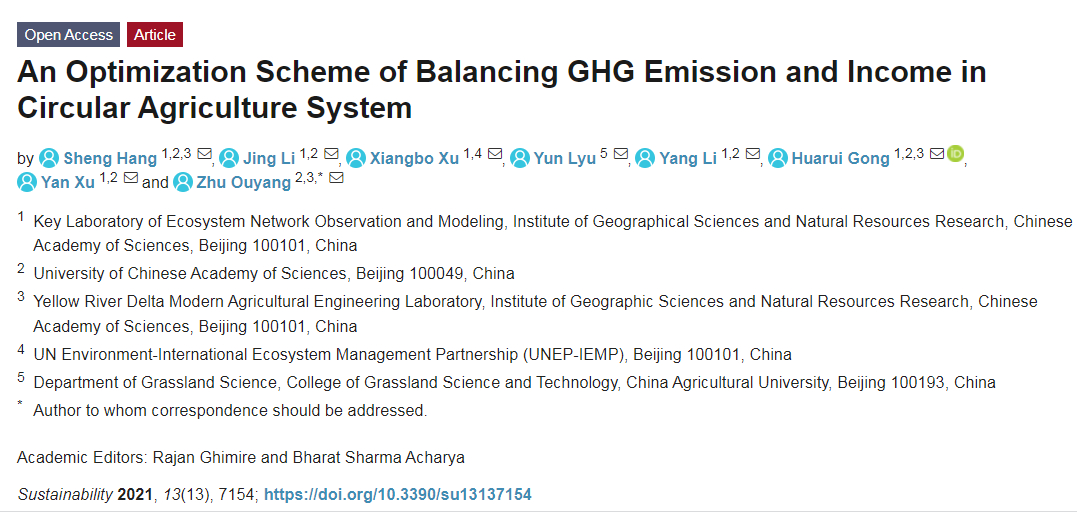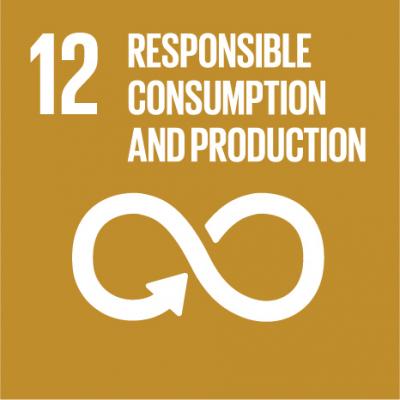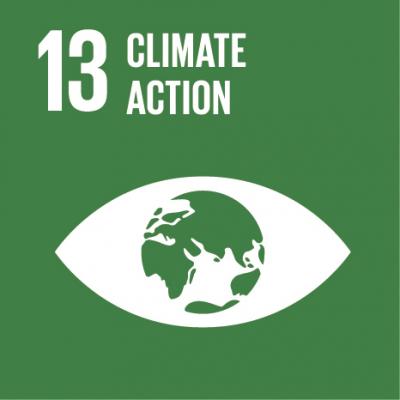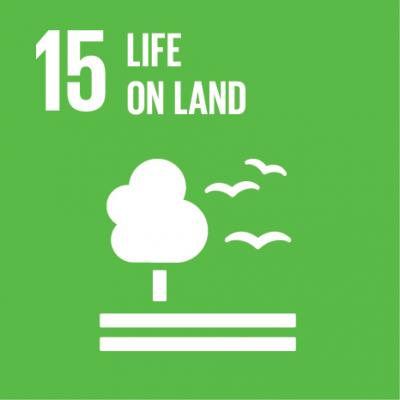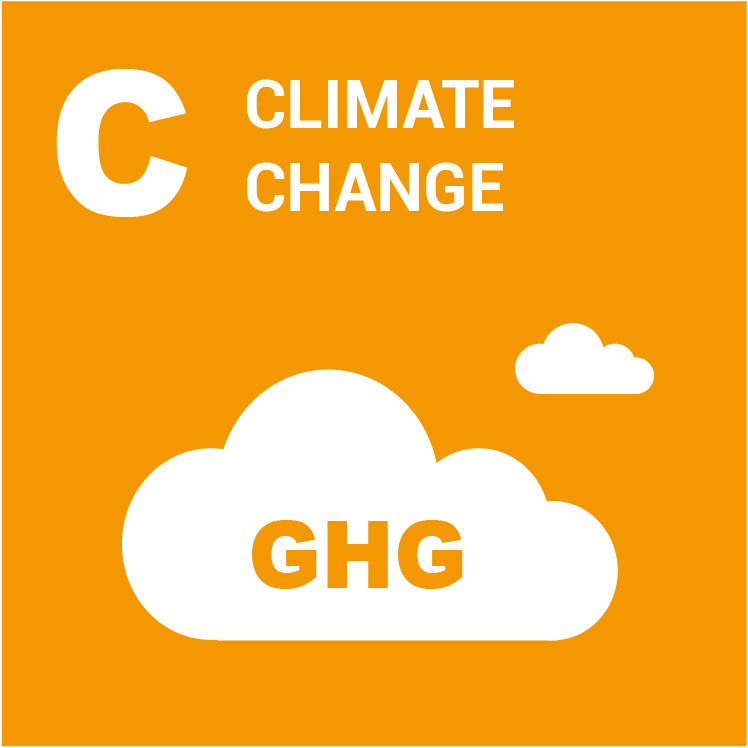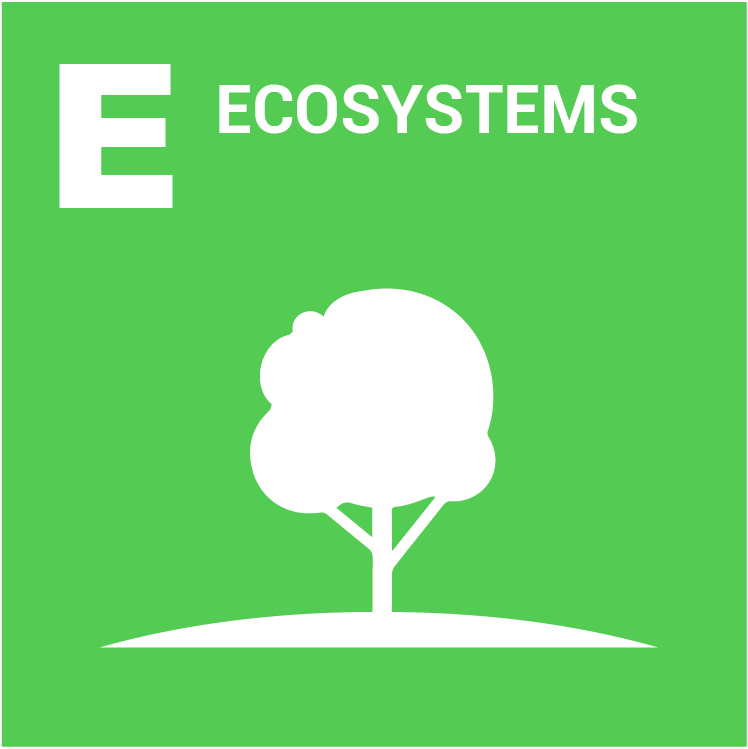With the rapid development of circular agriculture in China, balancing agricultural income and environmental impact by adjusting the structure and scale of circular agriculture is becoming increasingly important. Agriculture is a major source of greenhouse gas and income earned from agriculture drives sustainable agricultural development. This paper built a multi-objective linear programming model based on greenhouse gas emission and agricultural product income and then optimized the structure and scale of circular agriculture using Beiqiu Farm as a case study. Results showed that greenhouse gas emission was mainly from manure management in livestock industry. While the agriculture income increased by 64% after optimization, GHG emission increased by only 12.3%. The optimization made full use of straw, manure and fodder, but also minimized soil nitrogen loss. The results laid a generalized guide for adjusting the structure and scale of the planting and raising industry. Measures for optimizing the management of manure were critical in achieving low agricultural carbon emissions in future agricultural development efforts.
Corresponding author: Zhu Ouyang, ouyz@igsnrr.ac.cn

